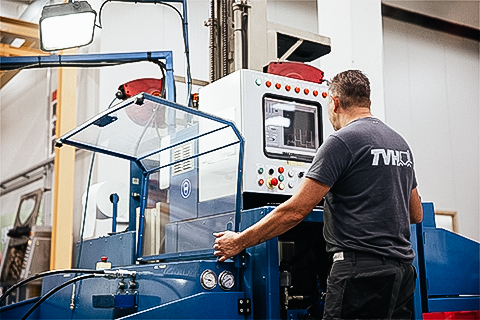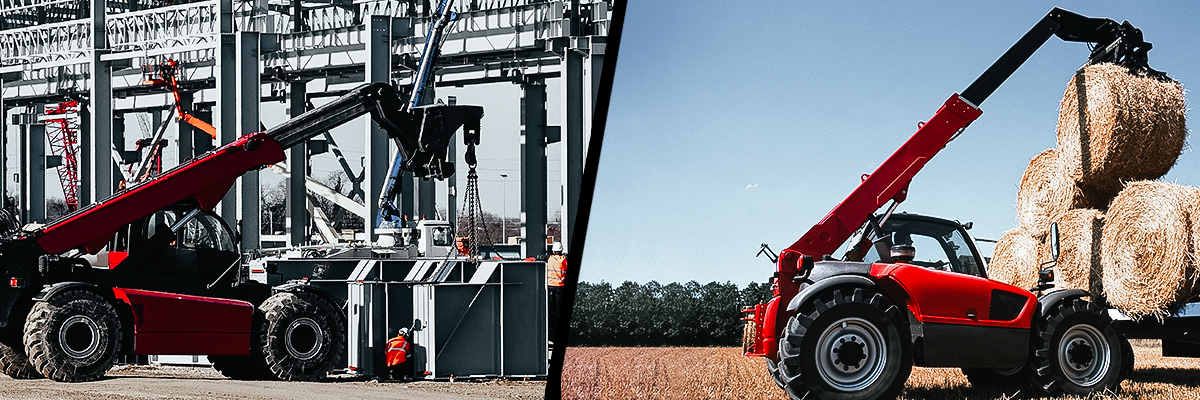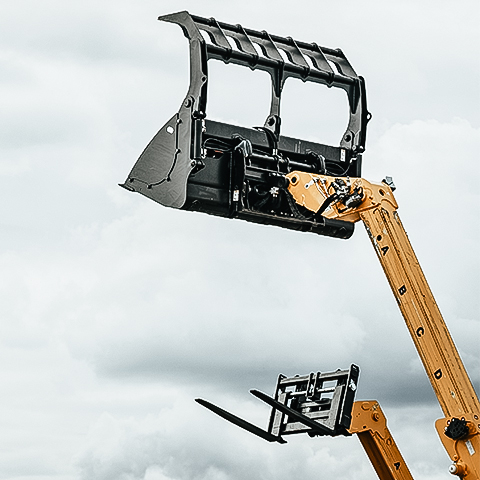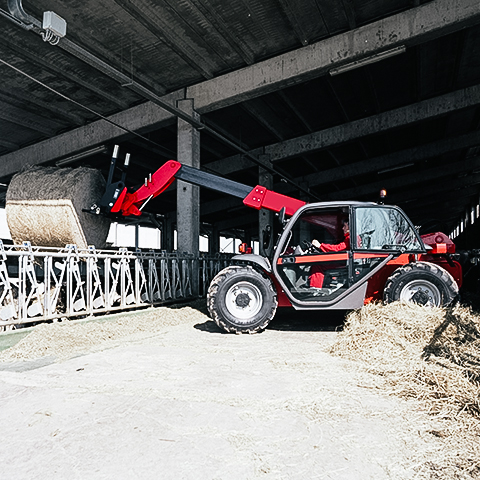“It is crucial to keep a telehandler in tiptop shape”, Claudio points out. “General or periodic maintenance of a machine, such as an oil and filter change, should happen about every 500 working hours. Consumable parts, like brake pads and bushings, need to be replaced every 1 000 to 2 000 hours. But we have noticed that in construction, people easily lose track of when a telehandler last received maintenance. After all, construction equipment often has different daily users, leading to a higher amount of unexpected breakage.”
Suitable for many brands
“Luckily, we at TVH can help with that! We provide parts and accessories suitable for a wide range of brands, such as Ausa, Bobcat, Case, Caterpillar, CLAAS, Deutz-Fahr, Dieci, Faresin, Genie, Haulotte, JCB, JLG, John Deere, Kramer, Komatsu, Liebherr, Magni, Manitou, Massey Ferguson, Merlo, New Holland, Terex, Weidemann, … Is your machine’s brand not in this list? Don’t worry! It’s very likely that we can still offer the right part.”
Parts for all telehandlers
“We have all the parts one could possibly need, including engine parts, transmission parts, electronic boards, hydraulic parts, tyres, … If you’re not sure what part suits best, our skilled employees can provide professional service and will help with all your technical questions. Once we have found what part is needed, we ship it to you within 48 hours, and if possible even within 24 hours! In that way, the standstill of your telehandler is kept to a minimum.”









